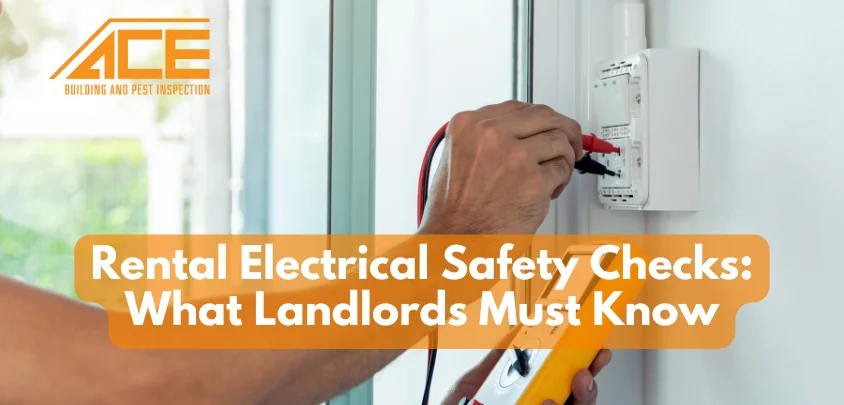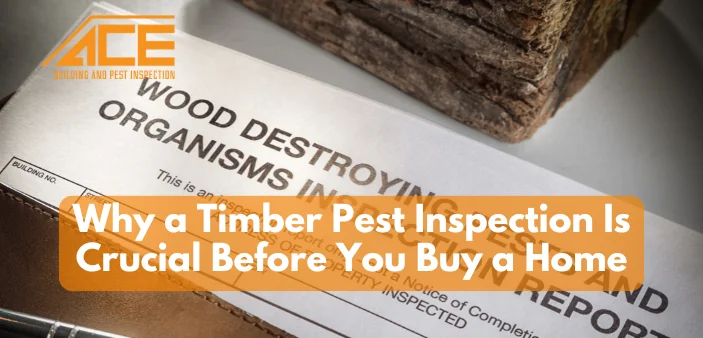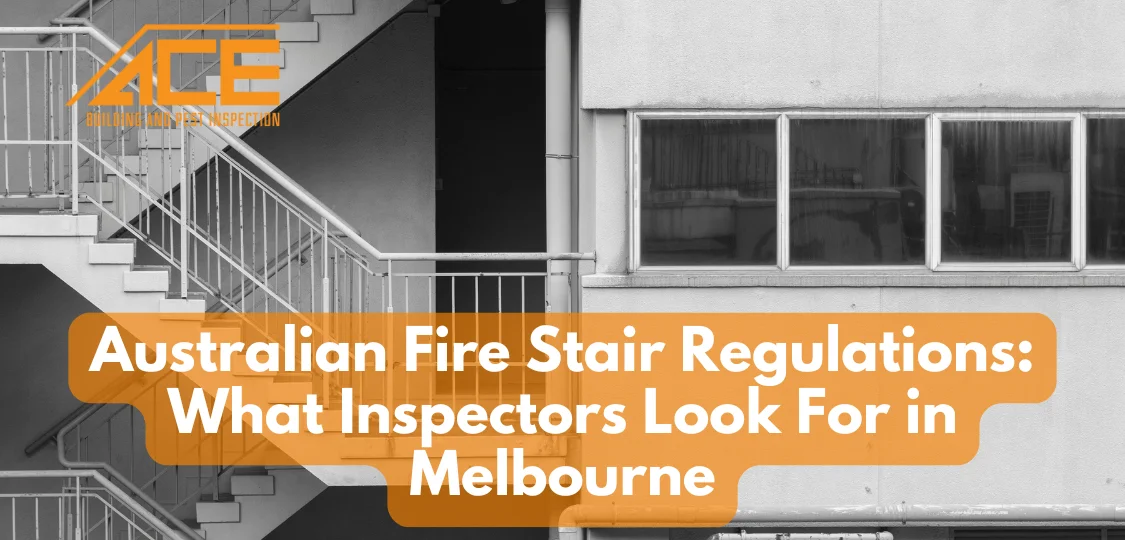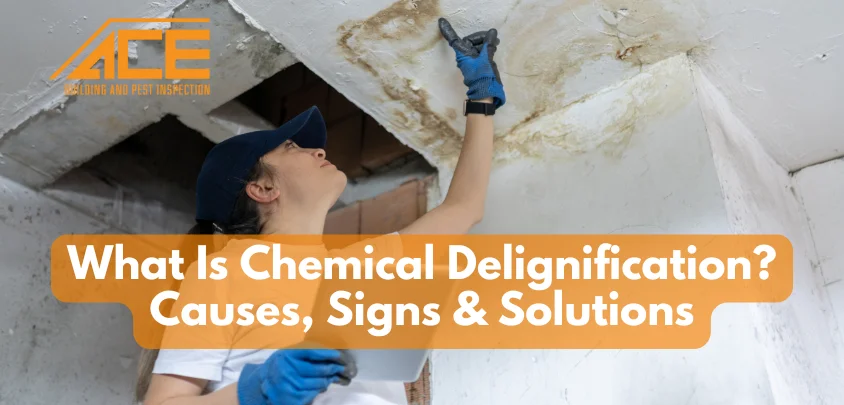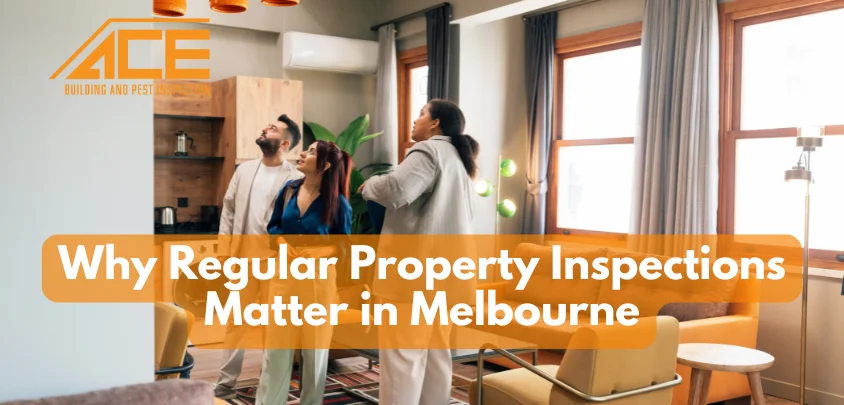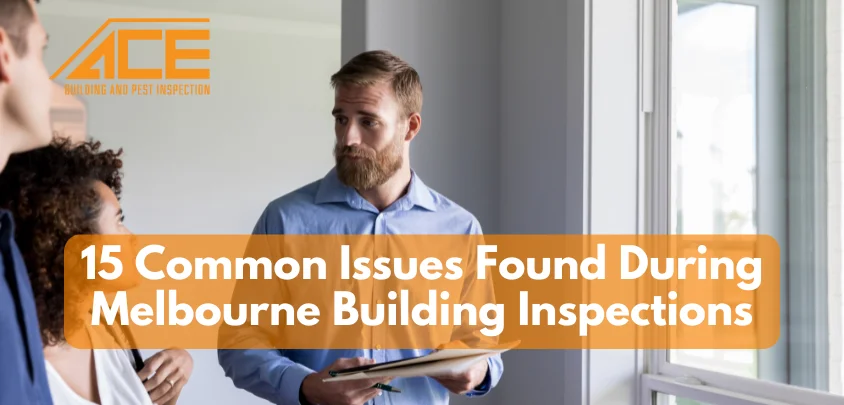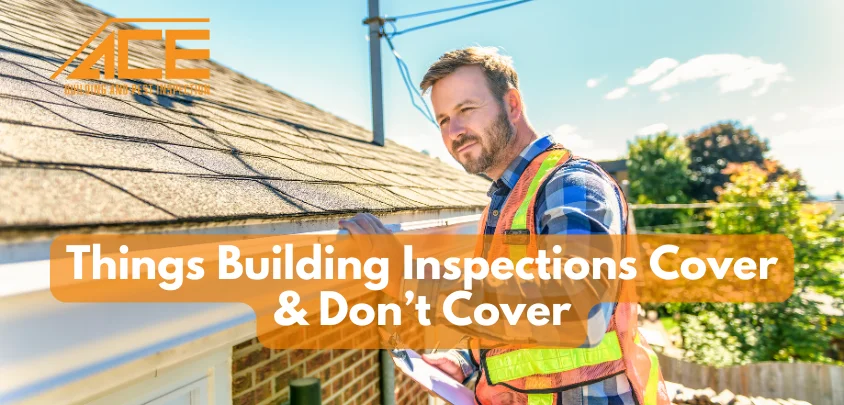Table of Content
- 1. Why Electrical Safety Checks Matter
- 2. Electrical Safety Legal Requirements for Landlords in Australia
- 3. What’s Included in an Electrical Safety Check?
- 4. What Happens if the Property Fails?
- 5. How Building Inspections Tie In
- 6. Best Practices for Landlords
- 7. Estimated Costs of an Electrical Safety Check
- 8. What Are the Risks of Non-Compliance?
- 9. Final Thoughts
One of the most important aspects of rental property maintenance is electrical safety checks as a landlord in Australia. Ensuring the safety of your tenants isn’t just the right thing to do—it’s a legal requirement. Electrical faults can lead to fires, shocks, and serious injuries, so keeping your property’s electrical system safe and compliant is essential.
This guide will explain everything landlords need to know about rental electrical safety checks, what’s involved, how often they need to be done, and how building inspections play a key role in maintaining electrical safety and compliance.
Why Electrical Safety Checks Matter
Old or poorly maintained electrical systems are one of the leading causes of house fires across Australia. Over time, wiring can degrade, safety switches can fail, and previous DIY work may put your tenants at risk. Regular electrical safety inspections help you catch these problems early.
Key reasons landlords should prioritise electrical safety:
- Protect tenant wellbeing – prevent electrical shocks, burns, and fire risks
- Meet legal obligations – avoid breaches of tenancy laws and potential fines
- Safeguard your investment – catch minor issues before they become costly
- Ensure insurance coverage – insurers may reject claims if checks weren’t carried out
Electrical Safety Legal Requirements for Landlords in Australia
Electrical safety requirements vary from state to state, but all landlords have a general duty to provide a property that is safe, fit to live in, and properly maintained.
Victoria – Mandatory Checks Every 2 Years
As of 29 March 2021, landlords in Victoria must ensure:
- An electrical safety check is carried out every two years by a licensed electrician.
- The check must cover all electrical installations and fittings, including switchboards, power points, lighting, and safety switches.
- A copy of the most recent check must be provided to tenants upon request or when a new rental agreement begins.
Tip: If you haven’t done an electrical check within the past two years, it’s time to book one immediately.
Other States (NSW, QLD, WA, etc.)
In most other states and territories, there is no specific legal requirement to conduct regular electrical checks. However, landlords are still responsible under general tenancy laws to keep the property safe and in good repair.
It is considered best practice to arrange an electrical safety check every 5 years, even if it’s not mandated by law.
What’s Included in an Electrical Safety Check?
A proper safety check is more than just flicking a few switches. A licensed electrician will inspect your rental property’s electrical systems to ensure everything is up to standard and safe to use.
1. Switchboard Assessment
- Inspect circuit breakers, fuses, and safety switches (RCDs)
- Test for overheating, loose connections, or outdated components
2. Wiring Condition
- Check for damaged, exposed, or degraded cables
- Identify risks such as poor insulation or signs of rodent activity
3. Power Points and Light Fittings
- Check for proper installation
- Inspect for burn marks, arcing, or faults
4. Appliances (if provided by the landlord)
- Inspect built-in appliances like ovens, heaters, and cooktops
- Ensure connections are safe and compliant
After the inspection, the electrician should issue a compliance certificate or detailed report confirming what was tested, what was repaired, and any further recommendations.
What Happens if the Property Fails?
If any part of your property’s electrical system fails the check, you must organise repairs or replacements without delay. Ignoring faults or deferring action could not only breach your legal responsibilities but also place your tenants at serious risk.
Common issues found during checks include:
- No RCDs installed
- Outdated fuse boxes
- Unsafe wiring from previous DIY work
- Water-damaged outlets in kitchens or bathrooms
Only a qualified and licensed electrician should carry out repairs or upgrades.
How Building Inspections Tie In
While building inspectors don’t perform detailed electrical tests, a building inspection can uncover signs of underlying electrical issues. Many landlords include routine building inspections to ensure their property remains in good condition across all systems—structural, plumbing, and electrical.
Benefits of a Building Inspection:
- Identifies visible issues such as old, cracked outlets or corroded switchboards
- Notes concerning overloaded circuits, flickering lights, or buzzing sounds
- Recommends when a full electrical inspection may be needed
- Helps landlords address safety concerns before they escalate
If you’re purchasing a rental property or preparing for a new tenancy, a combined building and electrical inspection is one of the smartest investments you can make.
Best Practices for Landlords
Whether mandated by law or not, it pays to be proactive. Here are some best practices all landlords should follow:
1. Stick to a Regular Inspection Schedule
- Victoria: Every 2 years (mandatory)
- Other states: Every 5 years (recommended)
2. Keep Clear Records
- Document the electrician’s licence number
- Save inspection reports and repair receipts
- Make them available to tenants upon request
3. Budget for Compliance Costs
- Don’t wait for something to go wrong—plan and budget for routine maintenance
- Include building inspections, smoke alarm checks, and plumbing reviews
4. Act on Tenant Feedback
- If tenants report flickering lights, power outages, or sparks, act quickly
- Prompt repairs reduce risks and show that you take tenant safety seriously
Estimated Costs of an Electrical Safety Check
The cost of an electrical safety check depends on the size and complexity of your property.
| Property Type | Estimated Cost (AUD) |
| 1-bedroom flat | $250 – $350 |
| Family home | $350 – $500 |
| Large property | $500 – $700+ |
Prices can vary based on location and what needs testing. If upgrades are required (e.g. adding RCDs or rewiring), those costs will be additional.
What Are the Risks of Non-Compliance?
In states like Victoria, failing to carry out mandatory safety checks can lead to:
- Fines or infringement notices
- Tenant claims for compensation
- Loss of insurance coverage
- Tribunal (VCAT) penalties
- Increased liability in the event of an incident
Even in states without mandated checks, if an electrical fault injures a tenant, a landlord can be held liable under negligence laws.
Final Thoughts
Staying on top of electrical safety checks is a crucial part of managing any rental property. It’s about more than just legal compliance—it’s about providing a safe, comfortable, and hazard-free home for your tenants.
In Victoria, these checks are now a legal obligation, but across the country, it’s wise for landlords to treat them as standard best practice. Partnering with a reliable licensed electrician and arranging routine building inspections will help you identify and fix issues early, reducing risk and protecting your investment.
By staying informed and acting proactively, you’ll ensure your rental is safe, compliant, and ready for the long term.
More Resources:
